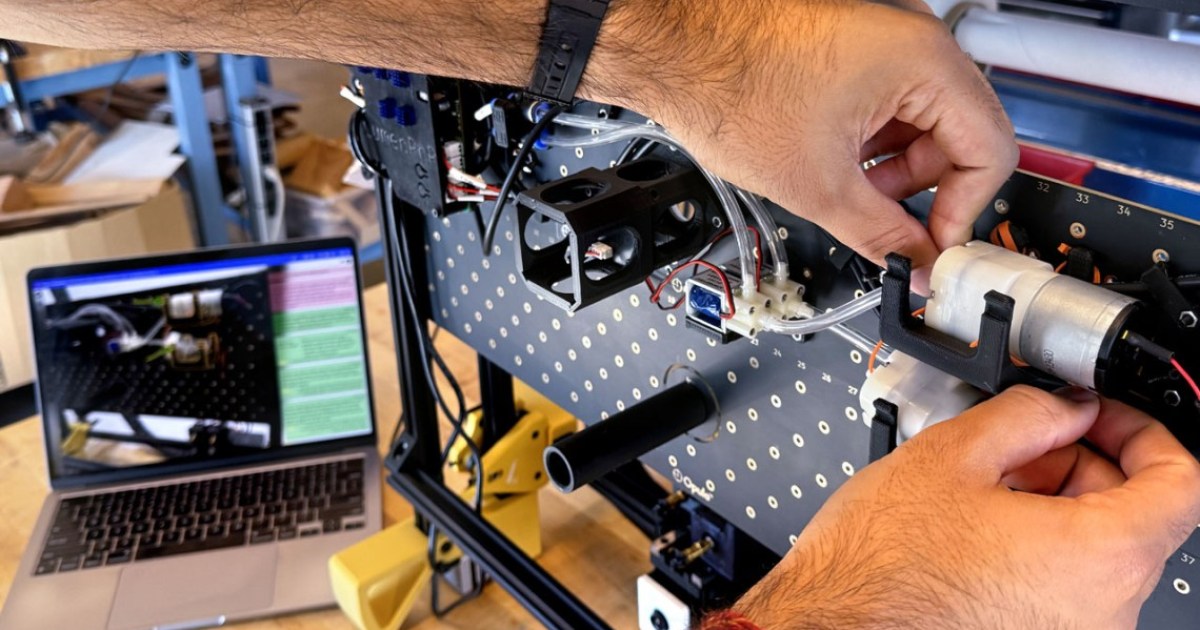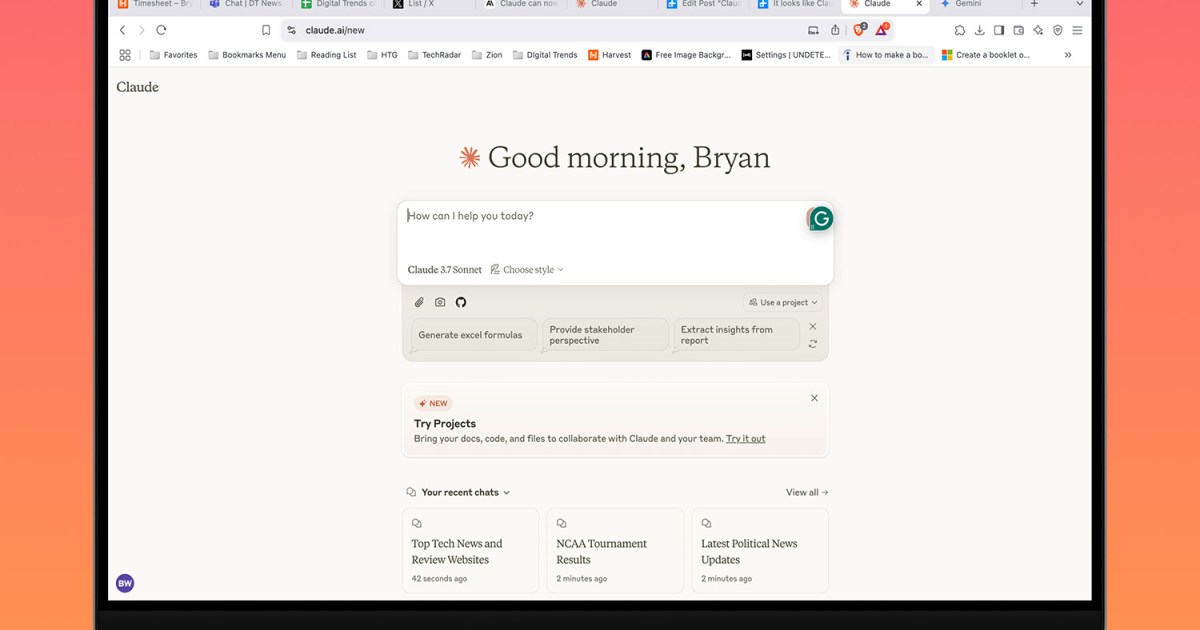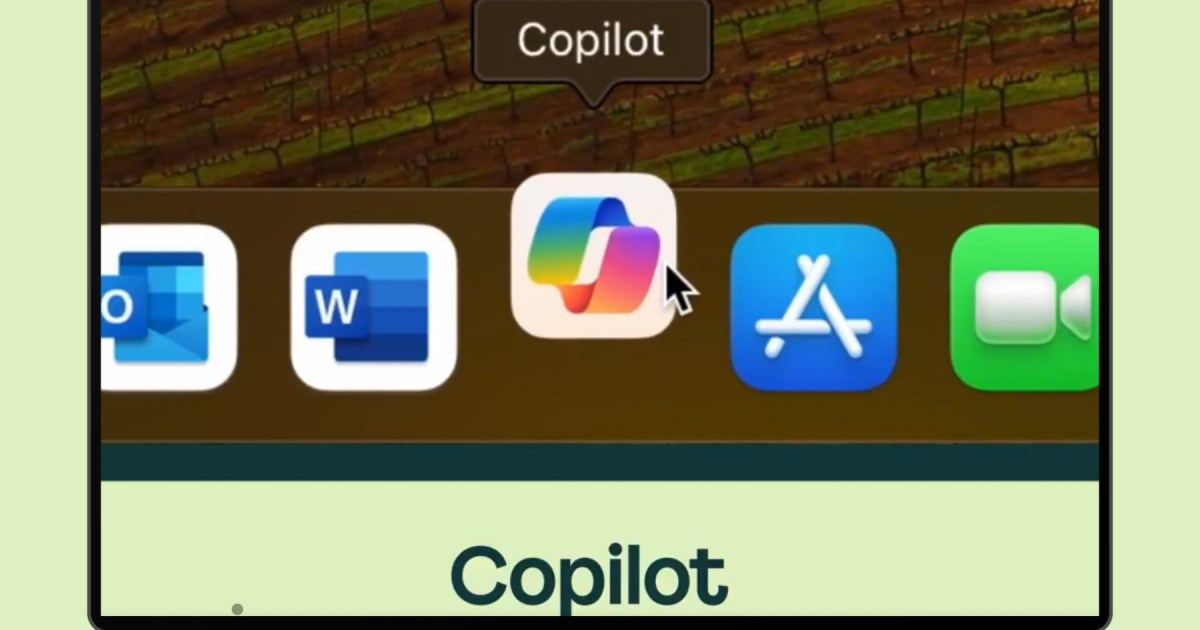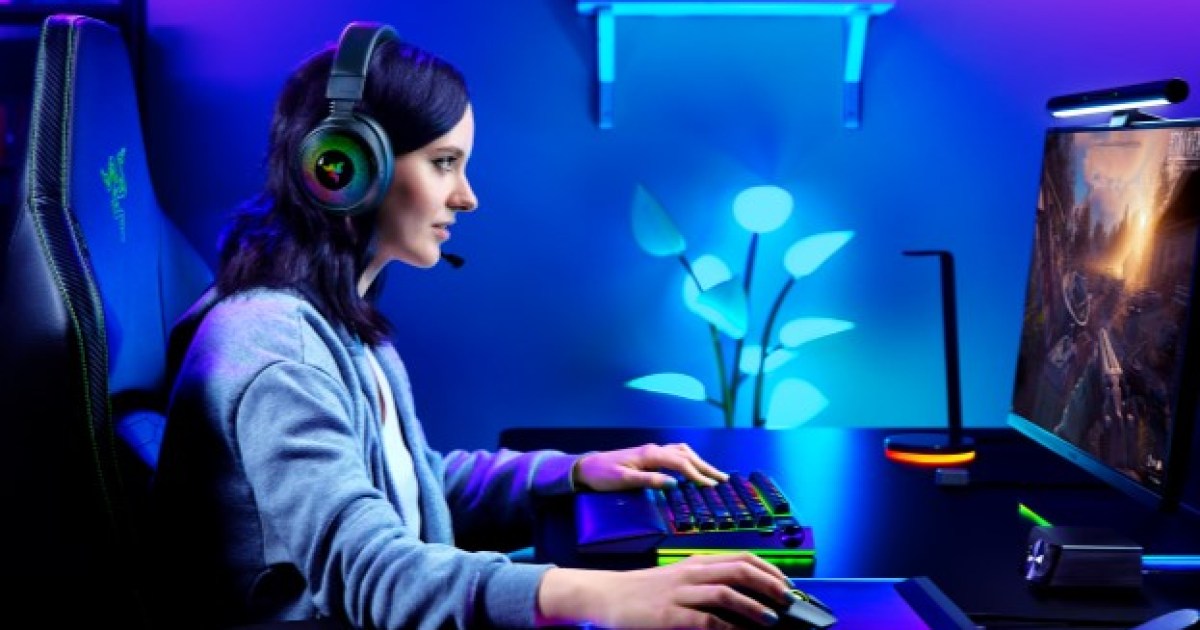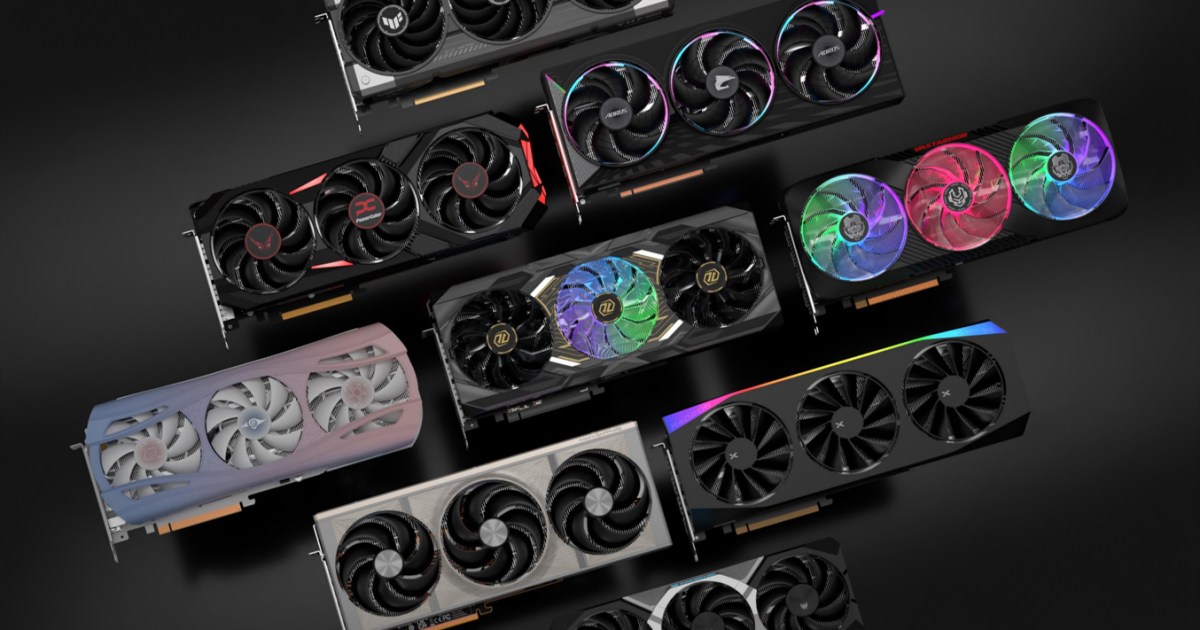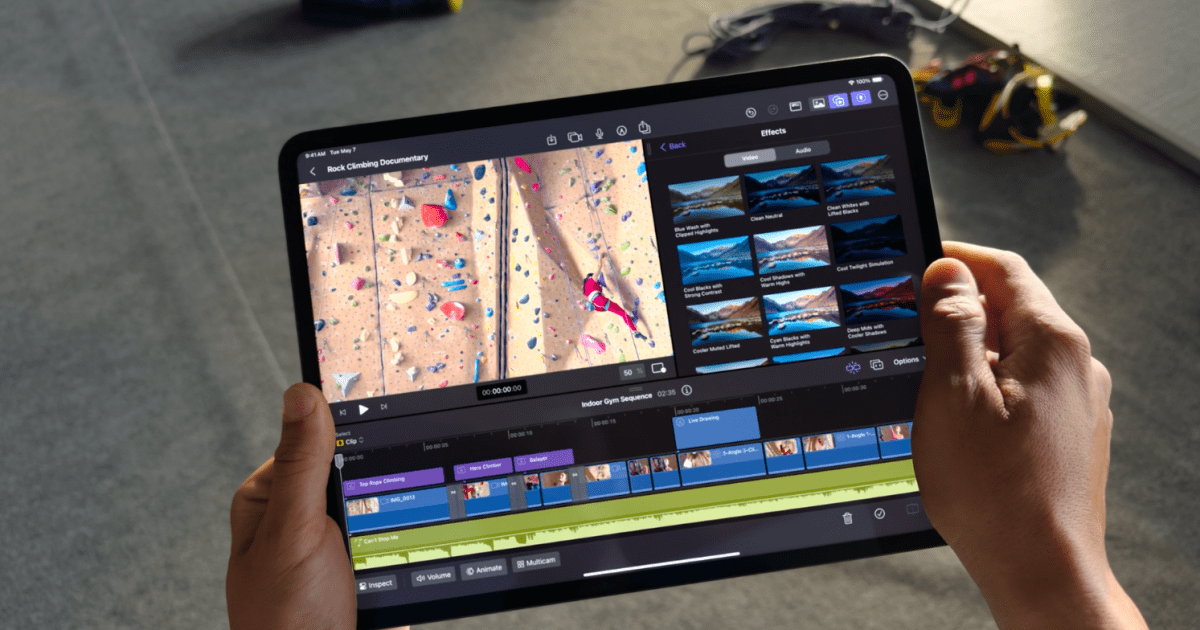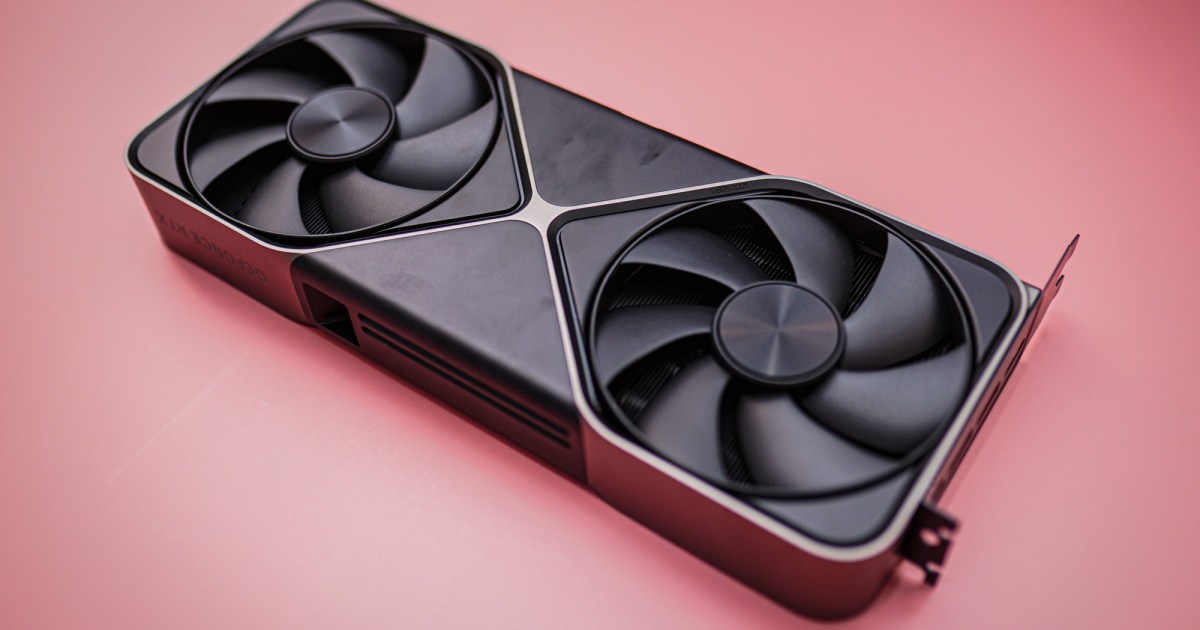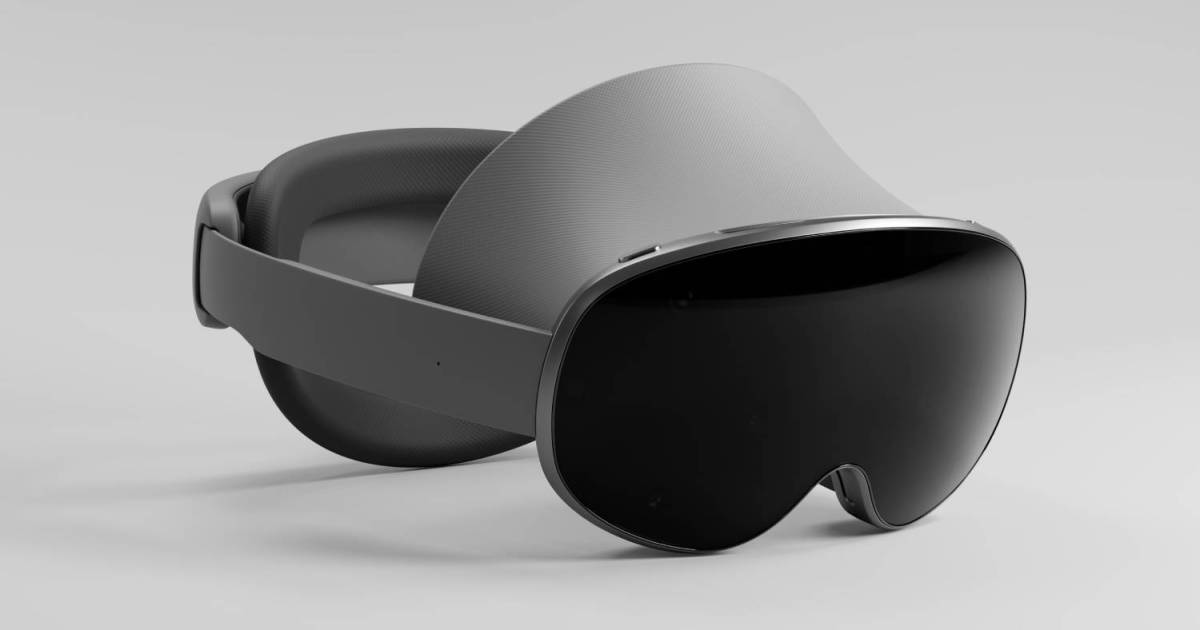SplatOverflow, a groundbreaking tool developed by Cornell Tech researchers, offers a novel solution to the growing challenge of providing technical support for diverse hardware. As hardware design and manufacturing become more accessible, smaller producers are creating and distributing innovative devices. However, existing support processes struggle to keep pace, leaving end-users with inadequate resources for troubleshooting and maintenance. This new technology aims to bridge this gap, making hardware support more efficient and scalable.
Simplifying Hardware Support with 3D Models
SplatOverflow draws inspiration from StackOverflow, the popular platform for resolving software issues. Led by Ph.D. fellow Amritansh Kwatra and Assistant Professor Thijs Roumen at Cornell Tech’s Matter of Tech Lab, the team has created a tool that centralizes design information, documentation, and user discussions. This consolidated platform empowers users without hardware expertise to effectively troubleshoot problems, as explained by Kwatra in the Cornell Chronicle.
The core functionality of SplatOverflow revolves around 3D models. When a user encounters a problem, the tool generates a 3D representation of the device, complete with relevant information. This “SplatOverflow scene” comprises two key components: a 3D Gaussian Splat rendering of the device and the underlying computer-aided design (CAD) model. This allows both the user and the support specialist to visualize the device together, pinpointing the issue with greater precision.
Enhancing Collaboration and Diagnosis
By comparing the 3D Gaussian Splat with the original CAD model, experts can gain a deeper understanding of the device’s design and intended function. This visual context is invaluable for diagnosing complex issues. Furthermore, users can interactively point to the specific area on the 3D model where they believe the problem lies, facilitating clear communication and faster resolution.
Real-World Applications and Future Potential
The research team has successfully demonstrated SplatOverflow’s efficacy across various hardware platforms, including a pick-and-place machine, a 3D printer, and an open-source e-reader. Their findings, detailed in their research paper, highlight the tool’s versatility and potential impact. Roumen envisions a wide range of applications for SplatOverflow, extending beyond traditional troubleshooting to encompass areas like machine sanitation, agricultural maintenance, and even education.
The team is committed to developing SplatOverflow as an open-source platform, encouraging broader adoption and community contributions. “We are thrilled to explore longer-term deployment, to see how we can gradually grow this into a real, open-source platform for hardware support,” Roumen stated.
SplatOverflow at CHI Conference
SplatOverflow and its accompanying research will be presented at the Association for Computing Machinery’s CHI conference on April 30th in Yokohama, Japan. This prestigious event will provide a platform for showcasing the tool’s capabilities and fostering further collaboration within the tech community.
Conclusion: A New Era of Hardware Support
SplatOverflow represents a significant advancement in remote hardware troubleshooting. By leveraging the power of 3D modeling and collaborative visualization, this innovative tool promises to streamline support processes, empower end-users, and unlock new possibilities for hardware innovation. Its open-source nature and diverse potential applications position SplatOverflow as a key driver in shaping the future of hardware support.



